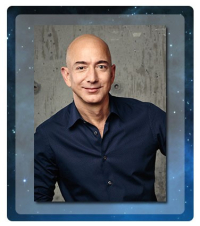
They had little choice. The announcement was deliberately opaque. The goals are amorphous. The aims of the players are different. Warren Buffett is looking for a legacy, Bezos for a profit, Dimon for cash flow.
All very fine, but it will come to nothing if they can’t make progress against the key driver of health care costs, non-compliance. Some 75% of health care costs today are for chronic conditions that could be prevented, like diabetes and heart disease. If people took care of themselves, if they even took their medicines as prescribed, we would save trillions.
Some doctors are just as bad. Surgeons don’t use checklists, physicians don’t use best practices, others prescribe the high-priced drugs patients saw on TV where cheap generics would work just as well. Still others think a medical license means they can push any quack nostrum that comes into their head. It’s not just malpractice. It’s abuse of the system in the ordinary course of business, most of it perfectly legal, even ethical.
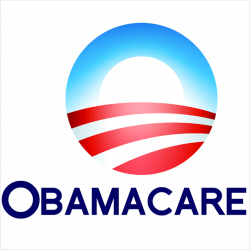
To start, Obamacare delivered technology, in the form of sweet, sweet stimulus cash, and it delivered vertical integration, although that wasn’t its intent. The intent was to create a massive individual marketplace, data-driven competition between carriers that would, with subsidies, get everyone covered and at a reasonable cost. It was a step on the road to being Germany, where patients pay two-thirds of what Americans pay, covering everyone and everything.
The Health IT stimulus means everyone who is insured now has an electronic health record. Getting everyone into the computer means we can do population studies at low cost. It means we can measure doctors against one another, using data instead of anecdote. We can also measure non-compliance by patients.
Vertical integration was led by companies like Centene, which built a “managed care” model based on owning facilities, clinics, and their drug disbursement system.
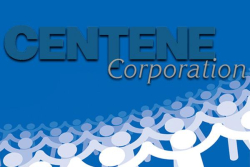
The cost constraints of Medicare and Medicaid put a premium on cost control, and on assuring patient compliance. If you can get a young Medicaid patient into exercise, if you can get a middle-aged one to cut back on the doughnuts and drink, if you can get a Medicare patient to take their diabetes drugs on schedule, you’ll avoid complications, avoid hospitalization, you’ll profit.
In addition to owning clinics and nursing homes, and having its own drug disbursement arm, Centene signed business agreements with hospital groups. Hospitals are like cruise ships or hotels in that a bed that’s unslept-in makes no money. Centene got discount prices. The deals helped Centene control costs and gave it an entrée into how hospitals are run. Are they using checklists, following recommended treatment regimens, administering the highest quality, lowest cost drugs? Centene has a thumb on the cost scale. Centene makes money.
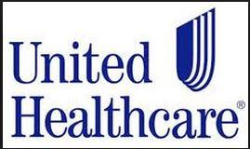
United moved its insureds into Catamaran, and almost by magic the profit margins of competing PBMs shrank, while those of United rose. Drug stores also came under pressure. In late 2017 CVS acted, agreeing to buy Aetna, a health insurer, assuring that its Caremark PBM would at least keep some of the market.
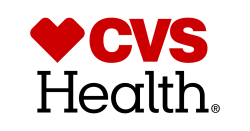
Those thumbs have been met by a health industry complex with powerful friends in Washington and every incentive to cheat.
The key is monopoly.
A new drug has a 17-year monopoly, and its maker can charge what the market will bear. Some new drugs are “priced” based on blackmail, the value of the life being saved. Generic drug companies have been bought up by sharks to the point where hospital systems are working on making their own. Hospital chains have been creating local and regional monopolies, which is why an Obamacare patient in the countryside pays many times more than the same patient in a city, where the monopolization process is still underway.
With this history in mind, let’s see what Berkshire, JP Morgan and Amazon could do.
We know what Amazon wants. They want to be a PBM and a pharmacy. They want to deliver an increased amount of that front-line care as well. Their cloud can take health records, it can handle transactions, and they have the infrastructure to deliver the drugs.
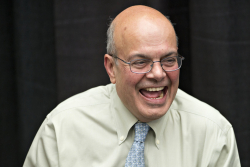
JP Morgan Chase wants to be in the health insurance business. Sure, it’s worth $400 billion, but United Healthcare has doubled its gains over the last decade, and Centene’s gains have doubled that. Health care represents 18% of America’s GDP, that percentage continues to grow as Americans age. If you’re smart this is the train to get on.
But what can these three companies do, together?
Not as much as you think. Yes, Amazon can create its own PBM, it can deliver the drugs. Yes, Berkshire and Morgan can handle the money.

Most important, if anyone is to create real cost control they need the power to say no.
That’s because there is no such thing as an unlimited draw from a limited pool.
This is the silent reality of those of us facing death, which is to say all of us. Medicine can only do so much. Father Time is undefeated. Life is unfair. It’s America’s rejection of this reality, and our insistence that the system bear any burden because LIFE, that is the ultimate cause of our health care cost crisis.
Think even Jeff Bezos can beat that?










Article states the key driver of health care costs is non-compliance. Which is for chronic issues.
There are periods of widespread health in the way past.
Ultimately, body inputs affect body outputs.
How come nobody tells us which and why? Not the FDA, USDA or AMA. Maybe Amazon’s health benefits will.
Article states the key driver of health care costs is non-compliance. Which is for chronic issues.
There are periods of widespread health in the way past.
Ultimately, body inputs affect body outputs.
How come nobody tells us which and why? Not the FDA, USDA or AMA. Maybe Amazon’s health benefits will.